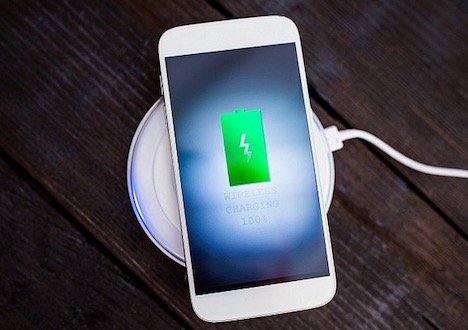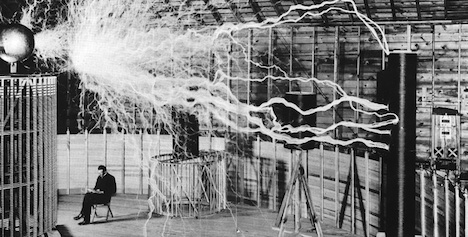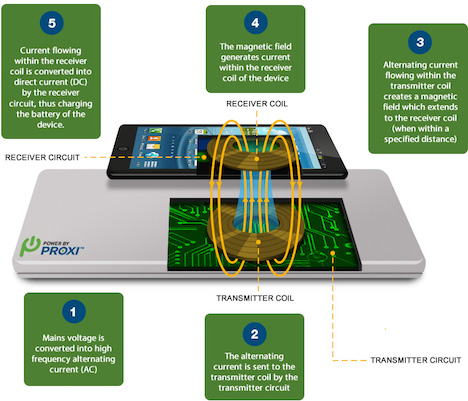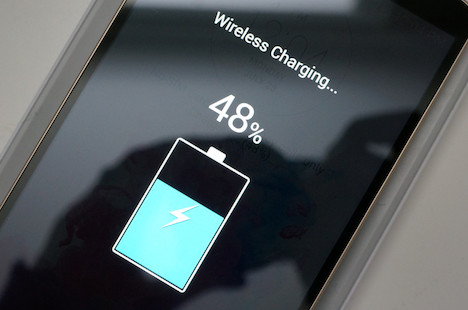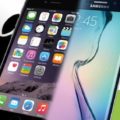Wireless Charging: 10 Things You Must Know
Until our smartphones start offering week-long battery life, wireless chargers are the most reliable option to keep our devices fueled all day long. This innovative technological advancement has brought us one step closer to a wire-free existence, which doesn’t require us to fiddle with wall warts and messy cables.
Wireless charging, also known as inductive charging uses an electromagnetic field to transfer energy from a platter or charging pad to your device. All you need to do is set your smartphone on the charging station, and your device will be charged.
With the hype cycle created around the wireless power these days, it’s important to understand what exactly it has to offer. Here are ten important things that you must know about wireless charging. Dive in to find out more.
1. History of Wireless Charging Technology
Wireless charging was born during the early 1800’s when an English scientist Michael Faraday discovered that coiled wireless concentrate enough magnetic field to induce a magnetic charge in a second coil. Michael’s findings introduced us with electromagnetic inductive wireless charging.
Later, in 1890 Nikola Tesla was the first one to demonstrate wireless electricity transfer when he used a high-frequency alternating current to light up a bulb wirelessly from across the room.
It has been over a century now when we have finally begun to harness the power of wireless charging and take things to the next level.
2. Inductive Versus Conductive Wireless Charging
Inductive and conductive charging are the two main types of wireless charging known to us. In inductive charging, the energy is transferred across a gap with the help of an electromagnetic field. Therefore, no direct contact is necessary between the power source and device’s battery for transferring energy. On the other hand, conductive charging does require direct contact between the battery and charging source, which makes it a bit more like the wired charging options.
Although both the types of wireless charging are becoming increasingly common these days, inductive charging is more heavily supported because of its versatility.
3. How Wireless Charging Works
The most commonly used wireless charging or inductive charging primarily depends on the electromagnetic field. Power is generated by passing an electric current through two coils when the receiving device with a magnetic plate comes in contact with the transmitter. Electric current is generated within the receiving device, which is then converted into DC voltage that charges the built-in battery.
4. Standards for Wireless Charging
Being a relatively new technology, wireless charging comes with several competing and incompatible standards. Currently, the major standards floating in the market are Qi and Powermat. While Qi is being adopted by the majority of smartphone manufacturers, powermat has yet to steal the limelight in the wireless charging world.
Qi power specifications range from 5W mostly used to charge mobile phones to a whopping 1KW that can be used to power up kitchen utensils and other devices. Powermat is still an emerging standard and we will have to wait and watch how it unfolds in the market.
5. What devices Support Wireless Charging?
Any device that requires charging can be developed to support wireless charging, and this includes tablets, smart watches, etc. Currently, there are a number of smartphones in the market that support Qi charging. Nokia Lumia 930, Google Nexus 6, Samsung Galaxy S6 are some of the smartphones that support Qi charging. Samsung Galaxy S6, S6 Edge, and Blackberry privy have built-in technology to support both Qi and powermat charging.
6. Wireless Charging Speed
Wireless charging is not as fast as the wired chargers that we regularly use to top off our smartphones and other chargeable devices. This makes speed one the major downsides of this technology as it impacts efficiency. However, we have seen some technological improvements towards enhancing the speed of wireless charging. The latest version 2.0 of Qi offers up to 15W power transfer, which helps replenish the battery pretty quickly.
7. Upsides
Wireless charging has finally freed us from the messy tangles of cable wires. All you need to do is drop your phone on the charging station and the battery will be refueled in a while. Moreover, with a wireless charger, you need not worry about losing your adapter and USB cable or even about dealing with a broken phone charger. Needless to say, wireless charging is a much more convenient alternative to the standard wired chargers that we’ve been using till now.
8. Downsides
Like any other technology, even wireless charging comes with a few disadvantages. Firstly, wireless charging is not exactly wireless as you will still need to plug your charging pad to a power source to fuel your device. Secondly, for your device to draw juice from a wireless charger physical contact is still required. The device needs to be in extreme proximity with the charging pad, which reflects physical limitations. But since the technology is still evolving, we might see a power transfer from distant sources shortly.
9. Finding the Right Fit
When it comes to wireless charging, finding the right fit for your device is paramount since there is no one-size-fits-all. While some smartphones have in-built wireless charging others require a replacement rear cover or case. Apple products do not support wireless charging at all, and hence you will require an additional accessory to take advantage of wireless charging.
10. Future Uses of Wireless Charging Technology
When it comes to wireless charging, it still needs to become mainstream. The major hindrance in its becoming standard is the lack of devices supporting the technology. But with the recent developments, we can expect all the major Android smartphone manufacturers to integrate both Qi and PMA standards in their devices. Samsung has already launched Galaxy S6 and S7 series that support both Qi and PMA wireless charging. iPhone is also rumored to be developing wireless charging for its devices. Apart from that, we’ve seen places like Starbucks, airports, etc. offering wireless charging facilities, which has further advanced the market for this unique technology.
Tags: battery, gadget, innovation, smartphone, technology



